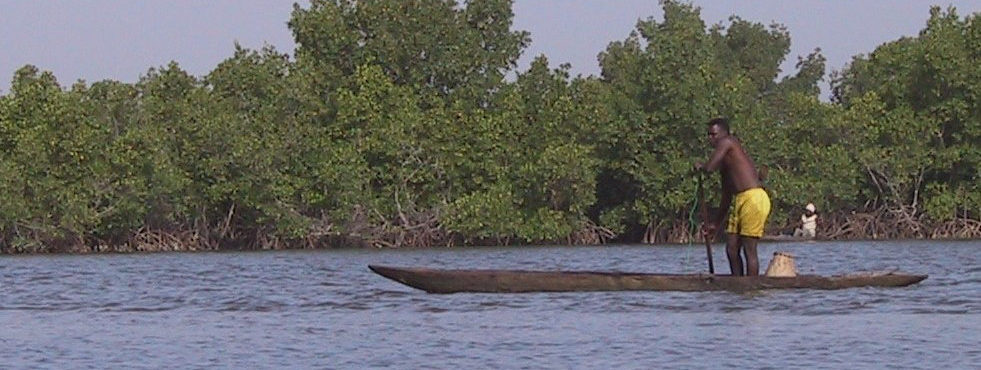
Fishing, hunting and culture are the main traditional activities and resources of the Casamance. Fishing is an important economic activity; it is practised by men both at sea and on bolongs: shrimp, crab, crayfish, mangrove oysters, captain, monkfish, sole, etc. Hunting is limited to poaching, bowing or shotgun: deer, monkey, small game and birds.
Agriculture is the main resource of Casamance. First of all the cultivation of rice, a traditional subsistence culture. Strictly manual, she uses only a traditional instrument: the Kadiendo; plowed by men in July/August, transplanted rice in September and harvested in December by women. At Diolas, rice is stored in granaries. It can be traded for palm wine or fish, but never sold.
Peanuts are now not widely cultivated due to lower prices. Market gardening has been booming for about ten years, but is only practiced once the rice harvest is over (from January to May).
Cashew nuts have also become an important crop in light of changing global demand.
Palm wine plays an important role in the life of the people of Basse Casamance. Harvested by men and marketed by women, palm sap is consumed fresh by children, and fermented by adults. Among animists, it is used in all religious ceremonies.
Tourism is today the most important economic activity of the Casamance. There are many tourist camps managed by the villages or by locals which allows a discovery tourism. The areas of Kafountine and Cap Skirring are the most beautiful seaside areas of Senegal, there are many hotels of all categories.